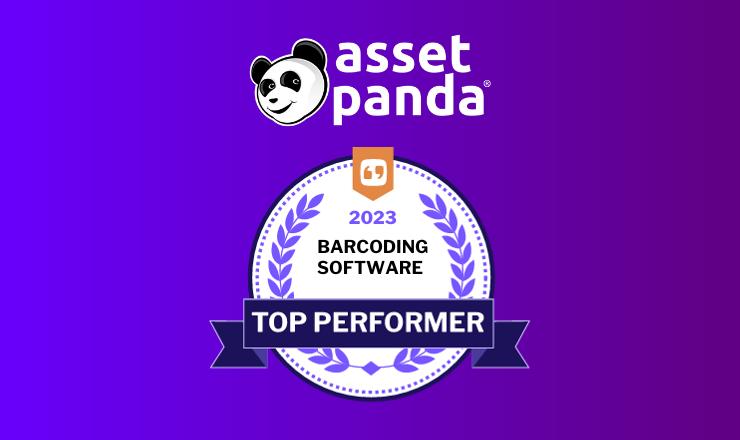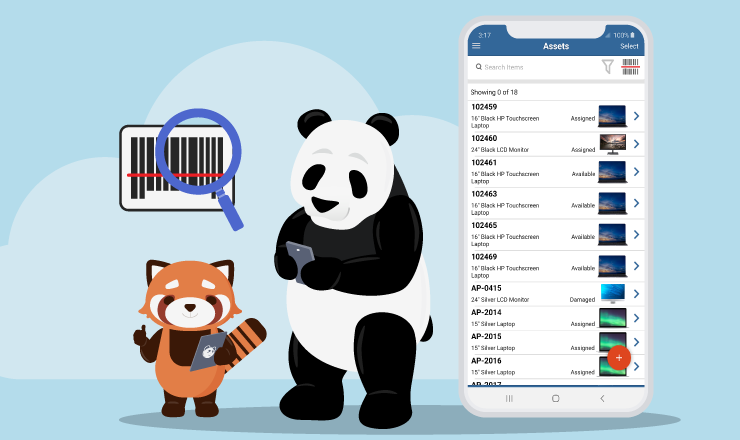Asset labels that hold up rain or shine
Partner with our experts to find the right material for your asset tags
Asset Panda enables you to generate and print your unique barcodes and QR codes for light-duty use, but the world can be a dangerous place for a paper asset tag. Whether you’re tracking vehicles or construction equipment, our experts can help you choose the right material and durability for your specific needs.
Built-in barcode scanning
Easily scan asset labels with our mobile app
Stop paying for expensive barcode scanners and get everything you need right in the Asset Panda mobile app. Simply scan assets with your mobile device’s camera to look up records, assign assets, conduct audits, and more.
Faster asset tracking
Reduce manual workflows with barcode scanning
With vital asset information just a barcode scan away, your team will greatly reduce manual asset tracking efforts and save valuable time. Not to mention, scanning asset tags instead of manually typing their information helps you maintain accurate asset data so everyone can continue working efficiently.
Related asset tag resources

Learn more from an Asset Panda expert
Get a FREE consultation with an asset tracking expert to find out how you can transform your asset tracking.
Contact our Sales Team at (888) 928-6112


